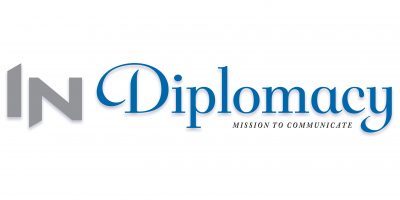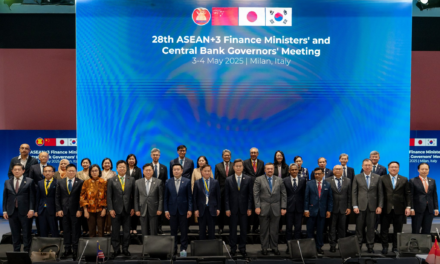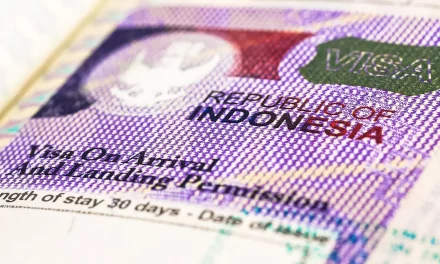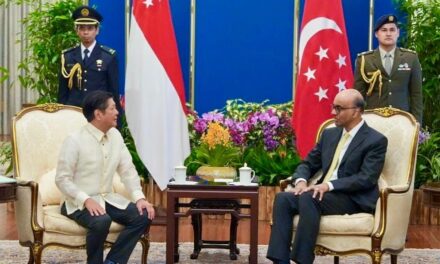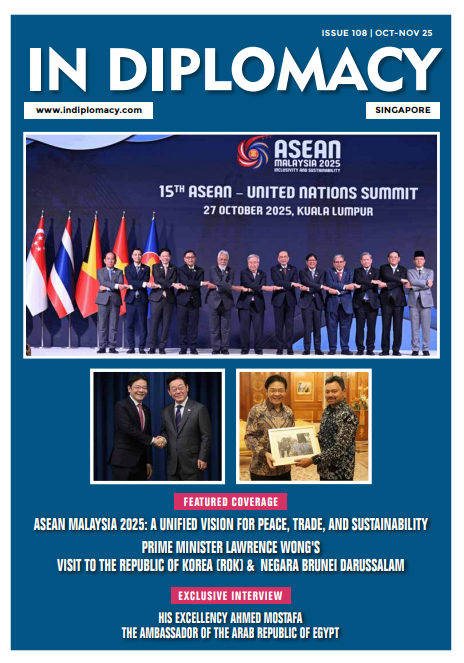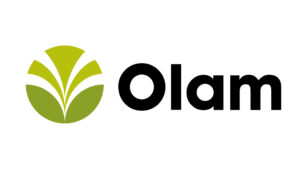In an ambitious bid to transform Thailand’s landscape into a hub of high-tech industries, innovation, logistics and a regional trade and investment gateway, the Eastern Economic Corridor (EEC) stands as a shining testament to the nation’s commitment to progress and economic revitalization. Emerging at the heart of the Thailand 4.0 development strategy, the EEC is rapidly gaining recognition for its transformative potential across the Greater Mekong Sub-region.

Paving the Way for Thailand 4.0
The EEC, spanning the major provinces to the east of Bangkok, embodies the vision of Thailand 4.0 – an innovative blueprint aimed at restructuring and reinvigorating the nation’s economy. The EEC’s strategic location, coupled with its comprehensive development plan, positions it as a key driver of economic integration and growth in the region.
A Resounding Success
The initial phase of the EEC Investment Target (2018-2022) is a resounding success, demonstrating Thailand’s commitment to turning vision into reality. With approximately USD 19 billion invested in four Public-Private Partnership (PPP) Infrastructure Projects, the groundwork for transformation has been laid.A game-changing development is the High-Speed Rail linking three airports (Don Muang, Suvarnabhumi and U-Tapao), set to connect Bangkok with the EEC area. This ambitious project, expected to be operational by 2026, promises travel times of less than 60 minutes between Bangkok and the EEC. It will link five provinces (Bangkok, Samutprakarn, Chachoengsao, Chonburi and Rayong) and three major international airports of Bangkok, with nine high-speed train stations facilitating seamless travel and trade.
One of the crown jewels of the EEC is the U-Tapao International Airport located in Rayong Province (artist illustration pictured above right). It is positioned as the third international airport of Thailand and is anticipated to commence operations in 2025. This cutting-edge facility boasts a capacity of 60 million passengers per annum and serves as a vital gateway to the EEC’s growing economic landscape.
A Glimpse into the Future
As Phase 1 concludes, Thailand is setting its sights on Phase 2 of the EEC Investment Target (2022-2026). With a focus on the “S-Curve” industries, Thailand aims to harness the potential of Next-generation Automotive, Intelligent Electronics, High-value and Medical Tourism, Advanced Agriculture and Biotechnology, along with Food for the Future.
Furthermore, the EEC is expanding its horizons with the addition of seven new S-Curve industries, comprising of Automation and Robotics, Medical and Comprehensive Healthcare, Aviation and Logistics, Biofuels and Biochemicals, Education and Human Resource Development, Defense Industry, and Digital. This forward-thinking approach not only ensures that Thailand remains at the forefront of innovation, but also creates a myriad of investment opportunities for both domestic and international investors.

EEC Prime Investment Destination
The EEC is more than just a development project; it is a testament to Thailand’s unwavering commitment to progress and prosperity. Investors looking to participate in the growth story of Southeast Asia should undoubtedly consider the EEC as a prime destination for their investments.
Source – Sun Media Magazine ” InDiplomacy – Issue 89 “
To Read the full issue Click here
